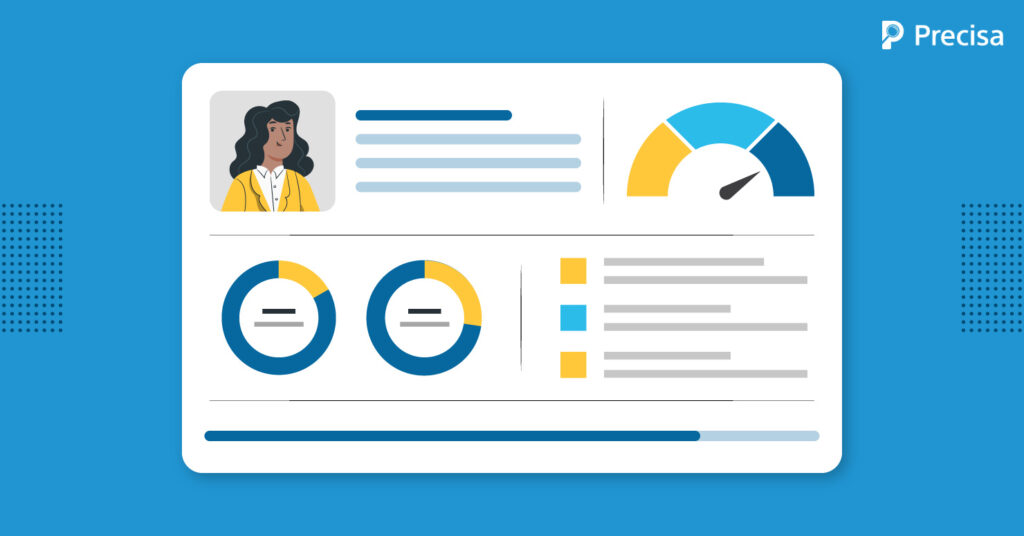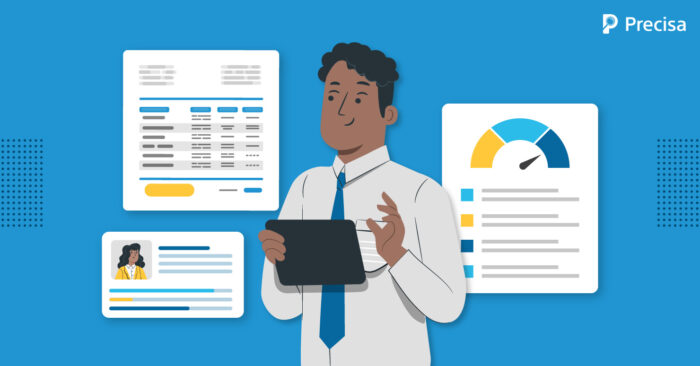Everything You Need to Know About Credit Appraisal Process

The creditworthiness of a person determines their probability of obtaining a loan from a bank or other financial institution. Furthermore, it also summarises how worthy they are of getting new credit in the future.
Typically, lenders go through an individual’s debt and credit management history to assess their creditworthiness before approving or rejecting their application.
Therefore, it is an integral component of the credit appraisal process.
This article analyses the diverse approaches to credit appraisal through which lenders decide to sanction a loan. We will also examine why these are essential to maintain stability within the financial ecosystem.
Creditworthiness: The Cornerstone of Credit Appraisal Process
Creditworthiness is a metric used to determine your ability to repay a loan or gauge if you are worthy of receiving new credit.
An individual with a spotless track record of repaying loans is considered a creditworthy borrower. On the other hand, a person becomes a credit risk for lenders when they are unable to prove how they will repay the loan.
Creditworthiness: Assessment of Risks
Financial providers stay profitable by lending money when the odds are in their favour and when they are repaid with interest. Consequently, lenders look into the creditworthiness of a person to protect themselves from the risk of losing money if a borrower defaults on a debt obligation.
Generally, lending institutions such as banks, NBFCs, etc., evaluate borrowers’ creditworthiness to mitigate potential financial losses from defaulting on a debt obligation.
Therefore, lenders offer loans only when the likelihood of a borrower repaying is high, earning interest on the principal amount.
Factors to Determine Your Creditworthiness
Financial lenders consider all the factors mentioned below during the credit appraisal process:
- Personal credit score
- Business credit score
- Time in business
- Financial statements
- Revenue
- Type of loan
- Collateral
- Purpose
It is worth noting that different lenders place weight on different factors depending on the type of loan to determine a borrower’s creditworthiness.
Let us look at how the credit appraisal process evaluates a borrower’s creditworthiness.
5 Common Credit Appraisal Process Techniques Used by Lenders
Here’s an overview of some of the most common approaches to the credit appraisal process used today:
1. Financial analysis
Financial analysis refers to thoroughly inspecting a borrower’s financial statements to evaluate whether the borrower can repay the loan. The borrower’s financial health is determined by reviewing critical financial ratios, including profitability, current, and debt-to-equity ratios.
2. Credit scoring
A credit score is assigned to a borrower based on many factors, including the borrower’s income, employment status, credit history, and other relevant details. The borrower’s creditworthiness and default risk are evaluated using the credit score.
3. Cash flow
A borrower’s cash flow is calculated to assess whether they can generate enough cash to fulfil the debt requirements. The income, expenses, and all sources of cash outflows and inflows are factors considered to calculate a borrower’s cash flow.
4. Collateral assessment
This credit appraisal process involves calculating the overall value of the collateral given by the borrower to secure a loan. Some of the most common collateral include vehicles, property, jewellery, and more. The value of the collateral is calculated to assess the degree of risk involved with lending to the borrower.
5. Industry assessment
This entails evaluating the borrower’s industry to understand its current state and possibilities for the future. The analysis may take into account variables, including market size, level of competition, and regulatory framework.
Applying these techniques will allow lenders to assess the borrower’s creditworthiness and estimate the risk associated with giving them credit. The findings of the credit evaluation process are used to establish the loan’s terms and conditions, including the interest rate, repayment plan, and any necessary collateral.
How Can Borrowers Improve their Creditworthiness?
There are multiple ways a borrower can improve their creditworthiness. Some of these steps include:
- It is a good practice to pay bills on time.
- Borrowers should minimise their credit lines to utilise 30% or less of their total limit.
- Do not submit multiple types of credit applications within a short period.
- Even if there is no outstanding amount on an account, it is still preferable to keep it open since this will help your credit history improve over time.
- Monitor your business and personal credit reports to understand your credit score.
- Contest any errors on your credit reports, and watch for any indications of identity theft.
How Does the Credit Appraisal Process Help Stabilize the Financial Ecosystem?
Creditworthiness, which enables lenders to evaluate the risk of lending money to borrowers, is essential to safeguarding the financial ecosystem.
Here’s how the credit appraisal process can act as a stabiliser:
- Lenders can assess whether to approve or deny a loan application and what terms to offer if authorised by reviewing a borrower’s creditworthiness.
- Lending money to creditworthy borrowers will minimise the likelihood of default and maintain a consistent flow of funds into the economy. This, in turn, may stabilise the entire financial system.
Final Note
In a nutshell, evaluating a borrower’s creditworthiness is an important stage in financial institutions’ credit approval process to reduce the risk of defaulting on a loan.
Lenders can determine whether to approve or deny a loan application and what terms to offer if authorised by looking at details, including credit ratings, financial documents, collateral, and market trends.
Precisa is a cloud-based analytical tool that helps lenders, insurance providers, wealth managers, and alike make informed decisions.
Our solutions, including the bank statement and GSTR analyser, have paved the way for seamless and risk-free lending for our clients.
Connect with us today to learn more about the different plans we offer.




